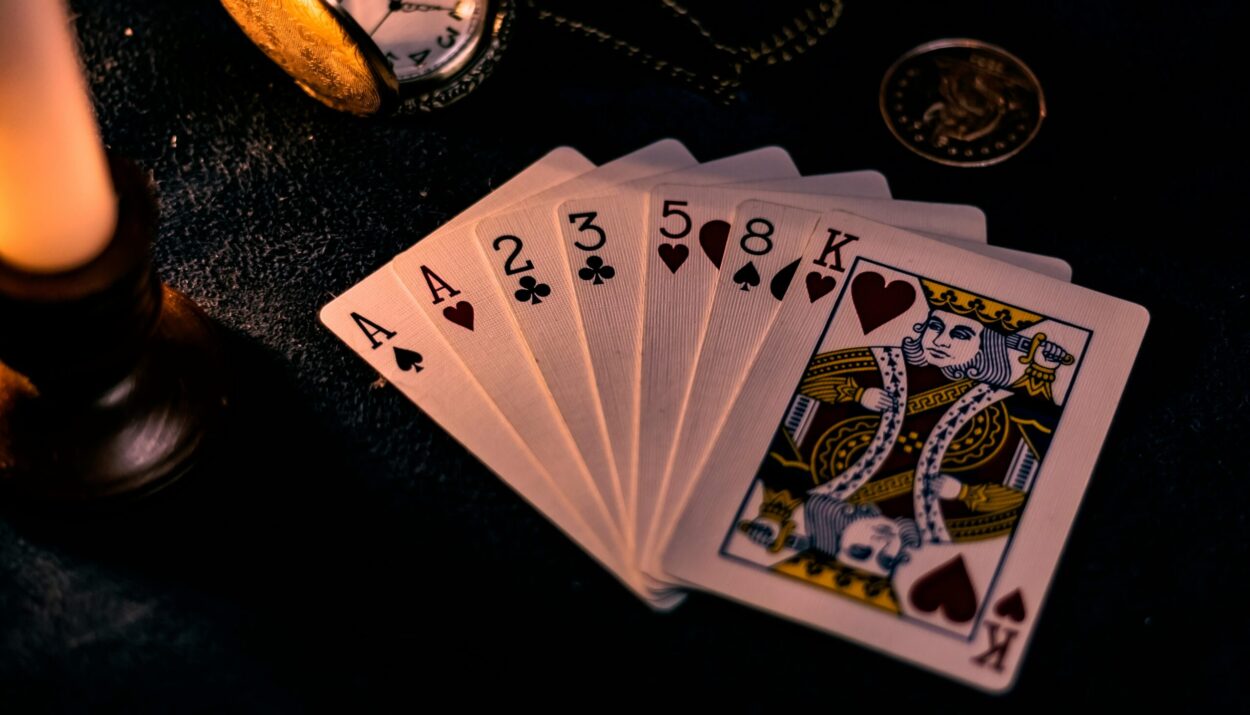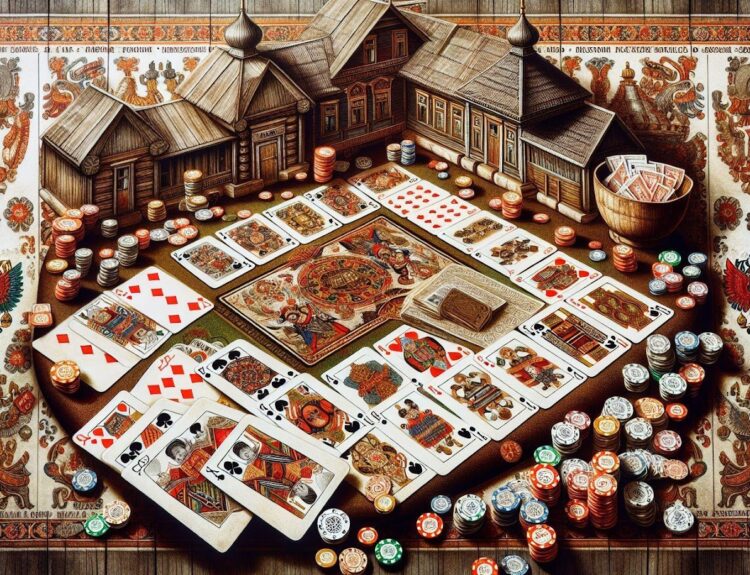Gambling, a practice as old as human civilization itself, taps into the deep corners of psychological make-up, blending risk with reward in a concoction that’s hard to resist for many. Understanding the thrill of gambling requires peeling back layers of human psychology to uncover what drives individuals towards this age-old activity. This guide delves into the fascinating world of gambling psychology, looking at why the prospect of winning big can often outweigh the risk of losing.
The Lure of the Unknown: Gambling’s Psychological Grip
At the heart of gambling’s appeal is the unpredictable nature of risk and reward. The excitement generated from not knowing the outcome stimulates the brain’s reward system, releasing dopamine, a neurotransmitter associated with pleasure and satisfaction. This section explores the interplay between uncertainty and the brain’s chemical response, setting the foundation for understanding gambling’s psychological allure.
The Role of Dopamine
- Dopamine Release: The anticipation of a win triggers dopamine release, offering a feel-good sensation even before the outcome is determined.
- Risk vs. Reward: The higher the stakes, the more intense the dopamine release, enhancing the overall excitement of the gamble.
- Illusion of Control: Gamblers often believe they have some control over the game’s outcome, further increasing dopamine release with each near-miss or win.
Understanding Risk Tolerance: Why We Gamble Despite the Odds
Every gambler’s approach to risk is unique, influenced by personal tolerance levels and the psychological phenomenon known as ‘variable ratio reinforcement.’ This segment unpacks these concepts, shedding light on why some are drawn more deeply into the gambling experience than others.
| Factor | Description |
|---|---|
| Risk Tolerance | Individual propensity to engage in activities with uncertain outcomes. |
| Variable Ratio Reinforcement | A schedule of reinforcement where a response is rewarded after an unpredictable number of responses, making it highly compelling and resistant to extinction. |
Breaking the Cycle: Recognizing Gambling Addiction
The thrill of gambling can, for some, become a compulsive need, transforming entertainment into addiction. Recognizing the signs of problem gambling is crucial for maintaining control and seeking help when necessary. This section identifies key symptoms and encourages responsible gaming practices.
- Chasing Losses: Continuously gambling to try and recoup previous losses.
- Lack of Control: Finding it difficult to limit how much time or money is spent gambling.
- Withdrawal: Feeling restless or irritable when trying to cut down on gambling.
Final Thoughts: Balancing the Thrill with Responsibility
Understanding the psychology behind the thrill of gambling offers insights into human behavior, highlighting the fine line between a recreational activity and a potential problem. By recognizing the factors that contribute to the gambling allure, individuals can better manage their engagement with gambling activities, ensuring they remain enjoyable pastimes rather than obsessions.
Ultimately, the key to healthy gambling is balance. Knowing when to stop, setting limits, and appreciating the entertainment value without becoming overly invested in the outcome is essential. For those struggling with gambling problems, seeking professional help is a crucial step towards recovery.




